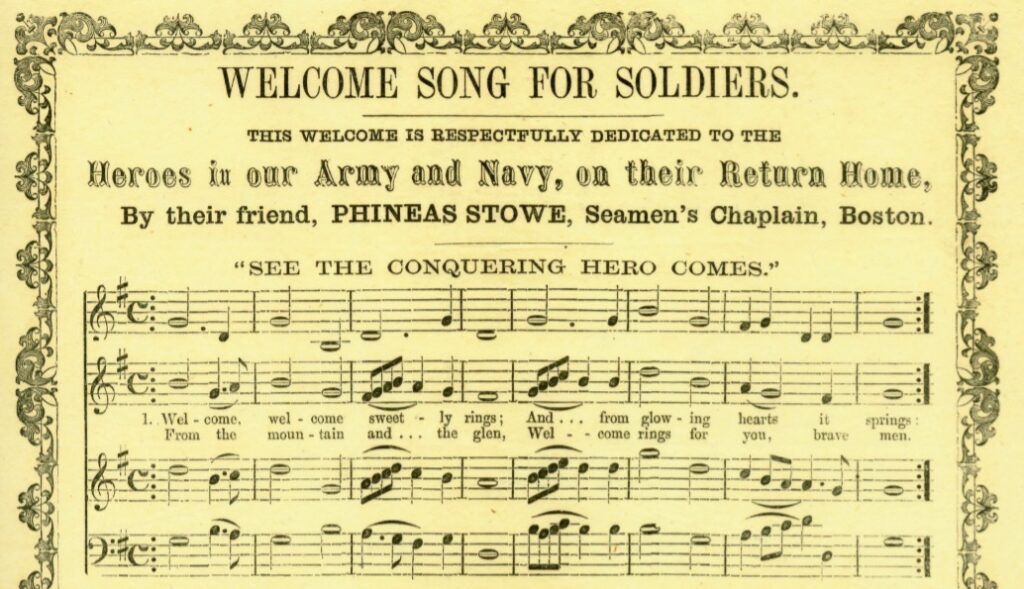- Links The Kodá Ly Aspiring Music Classroom Nyc Doe
- Links The Kodá Ly Aspiring Music Classroom Lesson
- Links The Kodá Ly Aspiring Music Classroom Activities
As you may have guessed, Flocab is a HUGE advocate for incorporating music into the classroom. It has been known to increase student engagement which, in turn, increases knowledge retention and student mastery.
Amadeus e-Travel Management allows you to plan, book and purchase air, rail and hotel trips following your corporation’s policies. The app needs an Assignment Tag to work, which links the app to your existing e-Travel Management profile. Research Benefits of music in the classroom on students with Autism Benefits of music in the classroom on all students Findings (Students with Autism promotes academic engagement facilitates transitions into the classroom increases emotional understanding encouraged play.
Links The Kodá Ly Aspiring Music Classroom Nyc Doe
Need some creative ways to include music as a part of your instruction? We’ve compiled some popular and effective practices to get your students’ heads bobbing while they learn!
Okay, we can’t guarantee you’ll go viral like fourth grade teacher Dwayne Reed, but we can guarantee your students will be excited about the subject area early on, as they should be. Similarly, dismissing students with this approach will reinforce newly acquired knowledge and keep them hungry for more!
Need some inspiration? Check out his welcome video below:

2. Create a song or playlist to demonstrate mastery
Similarly, students can demonstrate understanding by writing their own song about a content area or concept. Flocabulary’s new Lyric Lab is a great resource that will help you execute this practice seamlessly!
New to Lyric Lab? Here’s an overview:
Creating a playlist is also a great way for teachers to gauge how well students mastered a particular subject area. As TeachHub describes, “If they play happy music during a tragic period in history, they need to review the content again.”

Many of us are familiar with the classic Mary Poppins song, “A Spoonful of Sugar (Helps the Medicine Go Down).” Using music for the purpose of transitioning between activities, subjects or tasks is practically perfect in every way! As Responsive Classroom describes:
Music smoothes transitions and soothes tempers, especially in the early elementary grades. There is a long tradition of early childhood educators using songs to support transitions and clean-up times. Whether you’re cleaning up or lining up, it’s easier with a song!”
We couldn’t agree more!
Speaking of soothing tempers, music is a resourceful way to manage your students’ energy levels. Want them to shake off that excess energy? Play an upbeat, active tune for the first five minutes of class. Alternatively, calming them down with a relaxing melody is also an option. Scholastic agrees!
Using music as writing prompts is an especially popular method for ELA instructors. Teacher and Edutopia blogger, Heather Wolpert-Gawron, writes
Picture this. The students enter the classroom. John Williams is playing on the speakers. Maybe it’s the ominous opening from the film Jaws or the flying sequence from Hook. Now write.”
Sounds like an exciting start to class, right?
In addition, a study from John Hopkins School of Education says that playing reflective music while writing holds students’ attention for longer periods of time than without, and was proven when students wrote twice as much with music.
Rewriting lyrics to a popular song is yet another creative outlet for your students while they engage in writing. Edublogs shares an example, and we have one of our own! Did we mention Lyric Lab?
Rap it. Chant it. Master it. This technique has been showcased in a multitude education blogs, articles and sites. We couldn’t be more excited to see the power of music and vocabulary acknowledged and practiced in classrooms all over the world.
Music is a universal learning tool which is why it’s also used to teach second languages. Don’t limit the learning to your native tongue! As Middlebury Interactive shares,“Through learning lyrics, students’ vocabulary can quickly become more advanced, and singing phrases can lead to better vocabulary recall. Songs can also prove helpful in learning paralinguistic and extralinguistic elements, including accents and tones, helping to improve pronunciation and comprehension of the language.”
Flocabulary is Effective Vocabulary Instruction
Our award-winning WordUp! program is proven to boost reading scores.
Links The Kodá Ly Aspiring Music Classroom Lesson
To segway into our final suggestion, setting up your class to discuss lyrics and interpret the meaning of songs, especially when teaching a second language, is key when it comes to gaining a greater understanding of a particular culture. FluentU elaborates on the importance of this practice: “Communication is as much about language as it is about culture. Often times, miscommunication occurs not because of the words said, but because of cultural assumptions by the parties on all sides that conflict or are not understood. Music stands as the one nearly universal cultural expression. Every culture through history has had music in some form or another.”
Links The Kodá Ly Aspiring Music Classroom Activities
So there’s the “rhyme and reason” behind incorporating music into your instruction. See what we did there? Have your own, unique way of using music in the classroom? Share it with us via Twitter!
